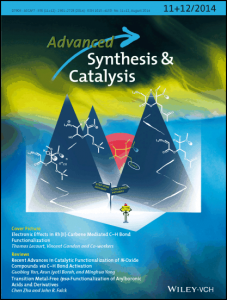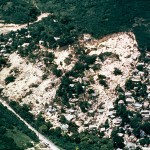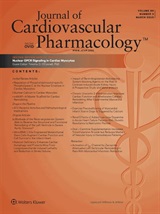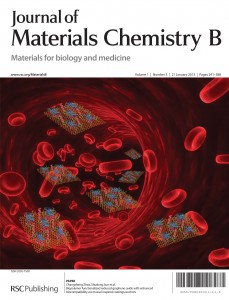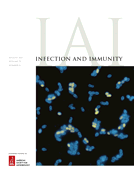 Do we need a “throwing vendors under the bus” category here at Retraction Watch?
Do we need a “throwing vendors under the bus” category here at Retraction Watch?
Earlier this year, we reported on the retraction of a paper because of sloppy work by an outside lab. Now, we have the story of a retraction for “negligence” by a translator. Specifically, the author says the passages shared between the retracted 2015 vascular paper and another paper in EMBO Journal are a result of “negligence on the part of the translation company that I trusted to make my manuscript ready for submission.”
Here’s more from the notice in the Asian Pacific Journal of Cancer Prevention, written by Yong Jiang, of Laboratory Medical College, Jilin Medical College, China: Continue reading Author from China blames translation company for plagiarism in retracted vascular paper

